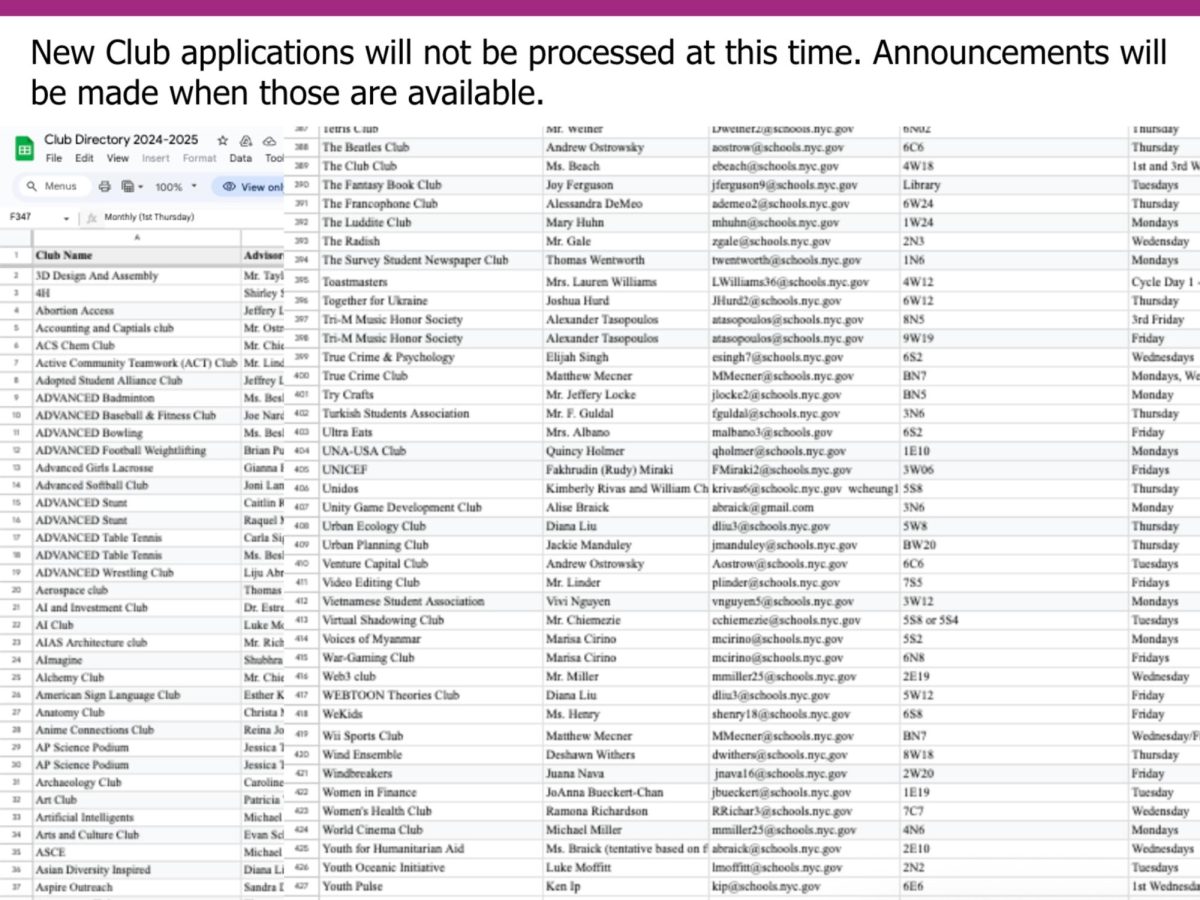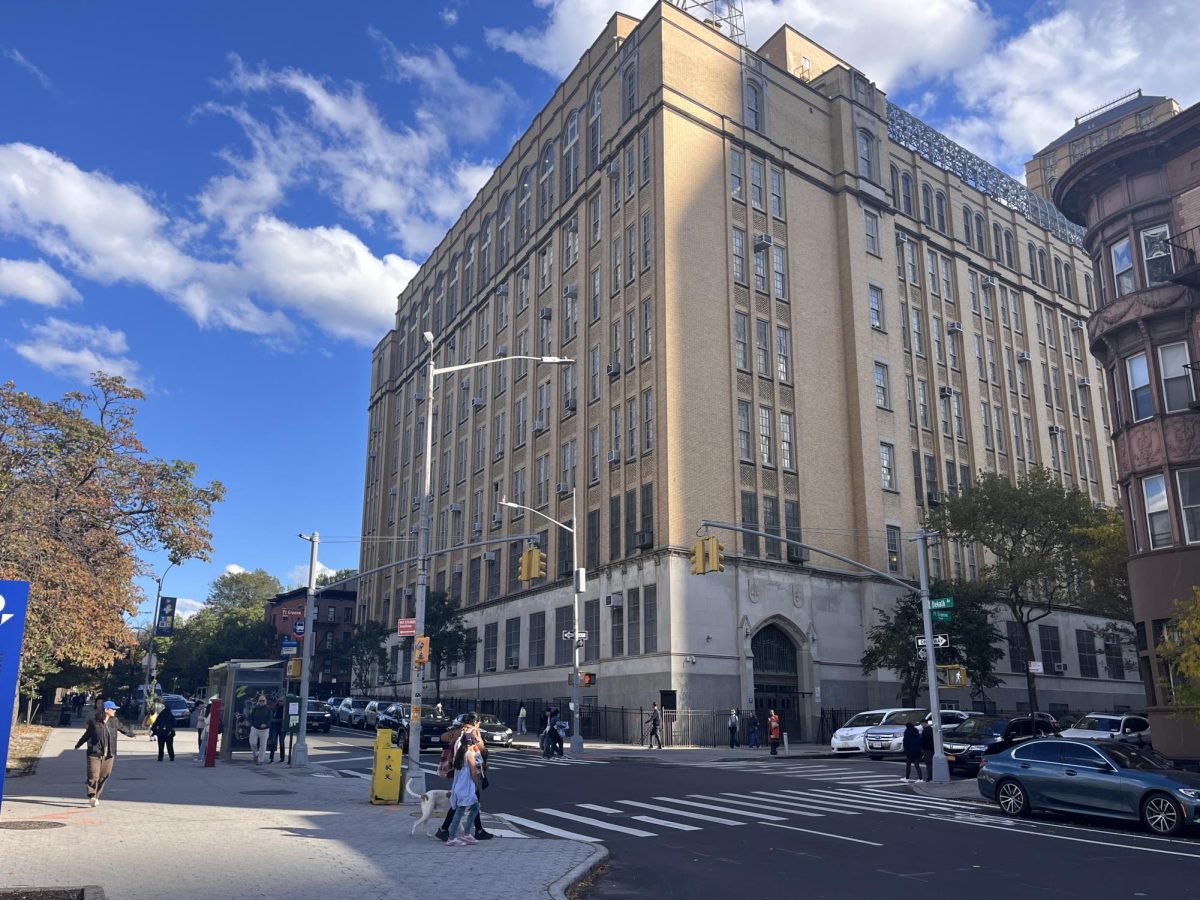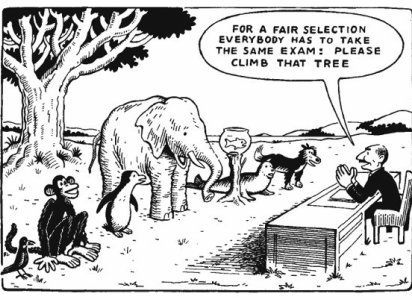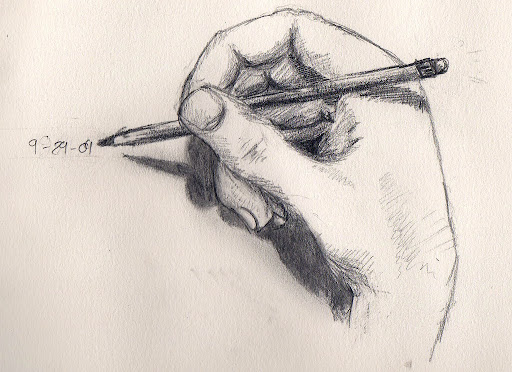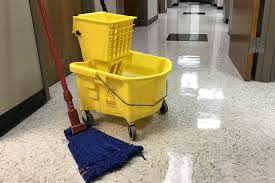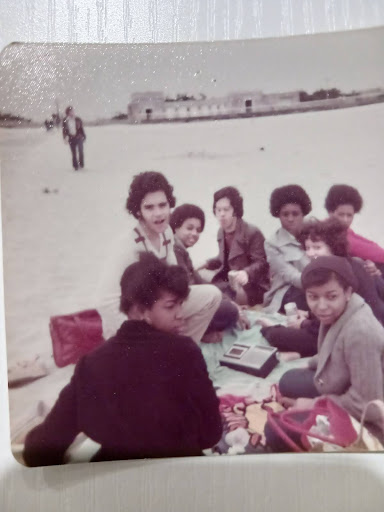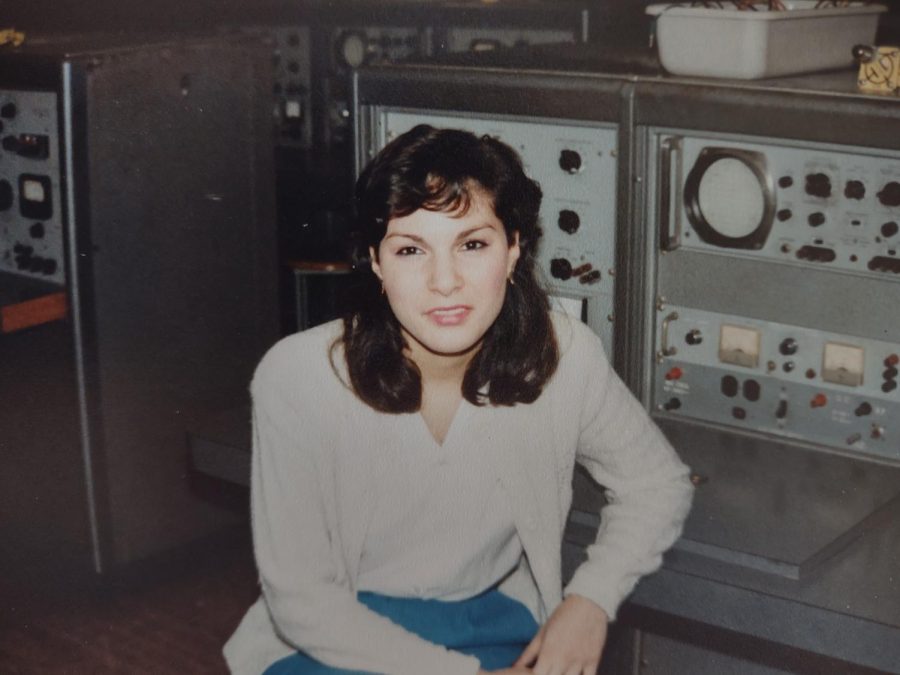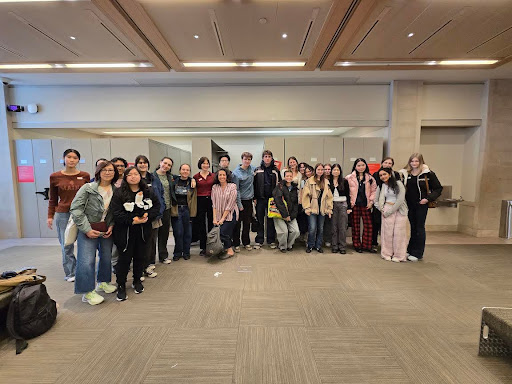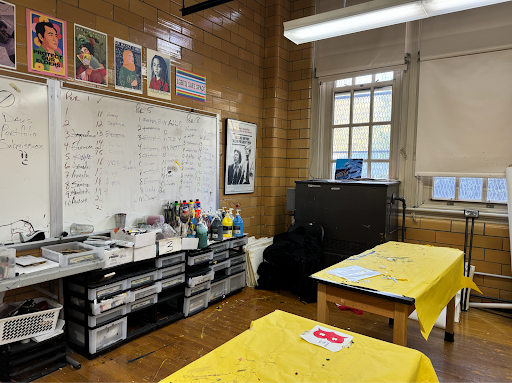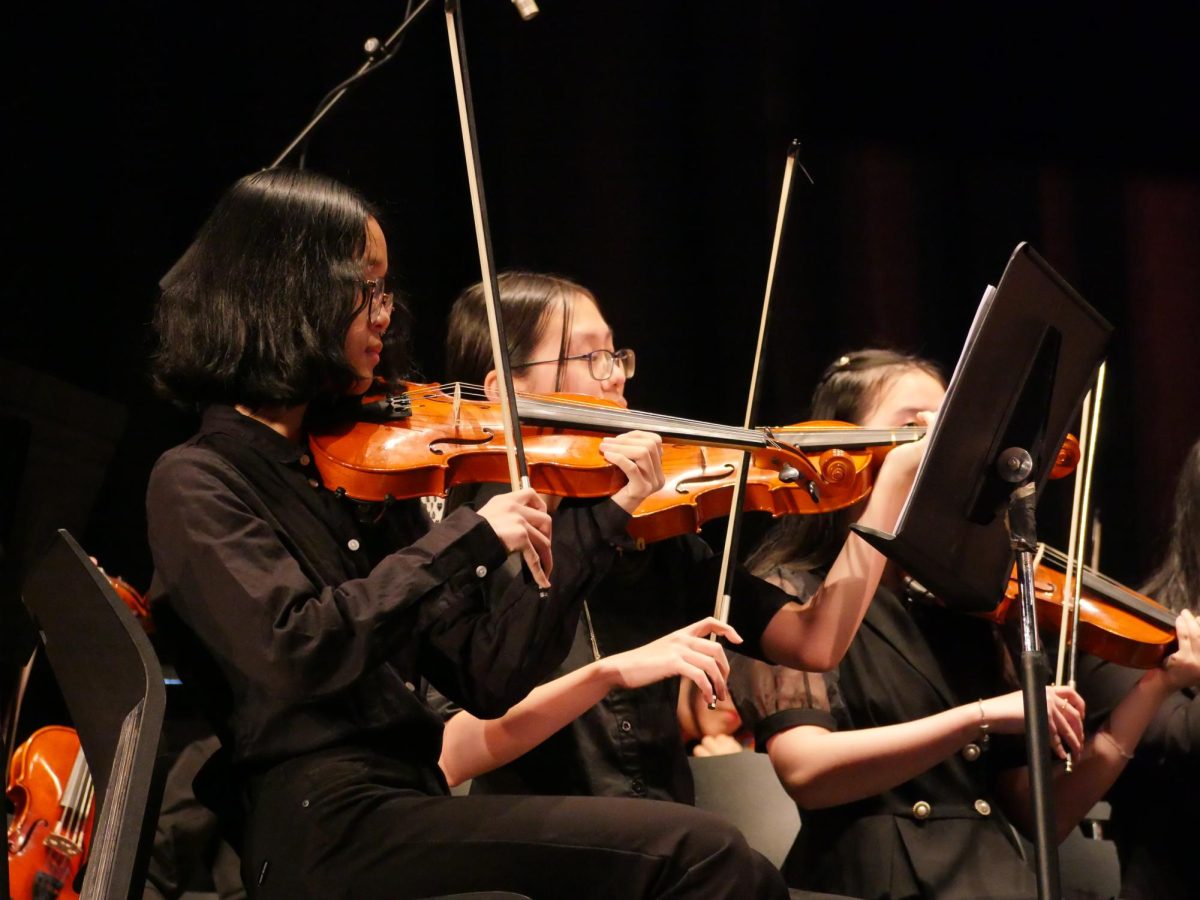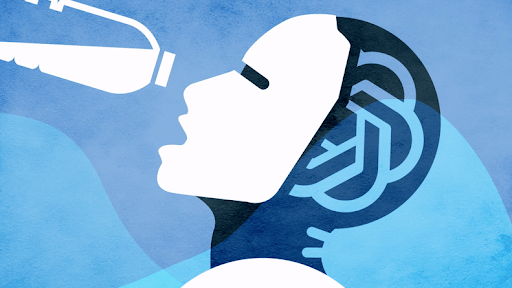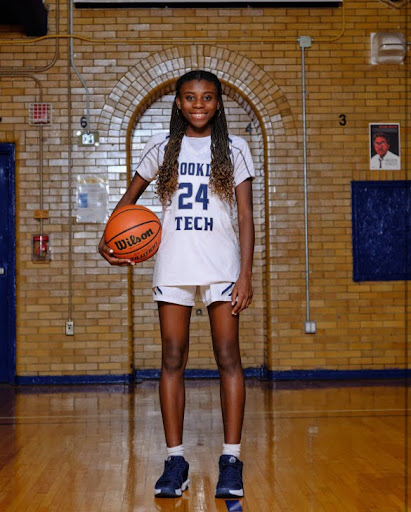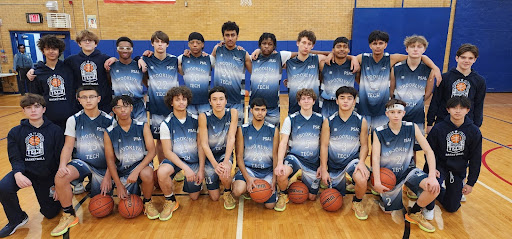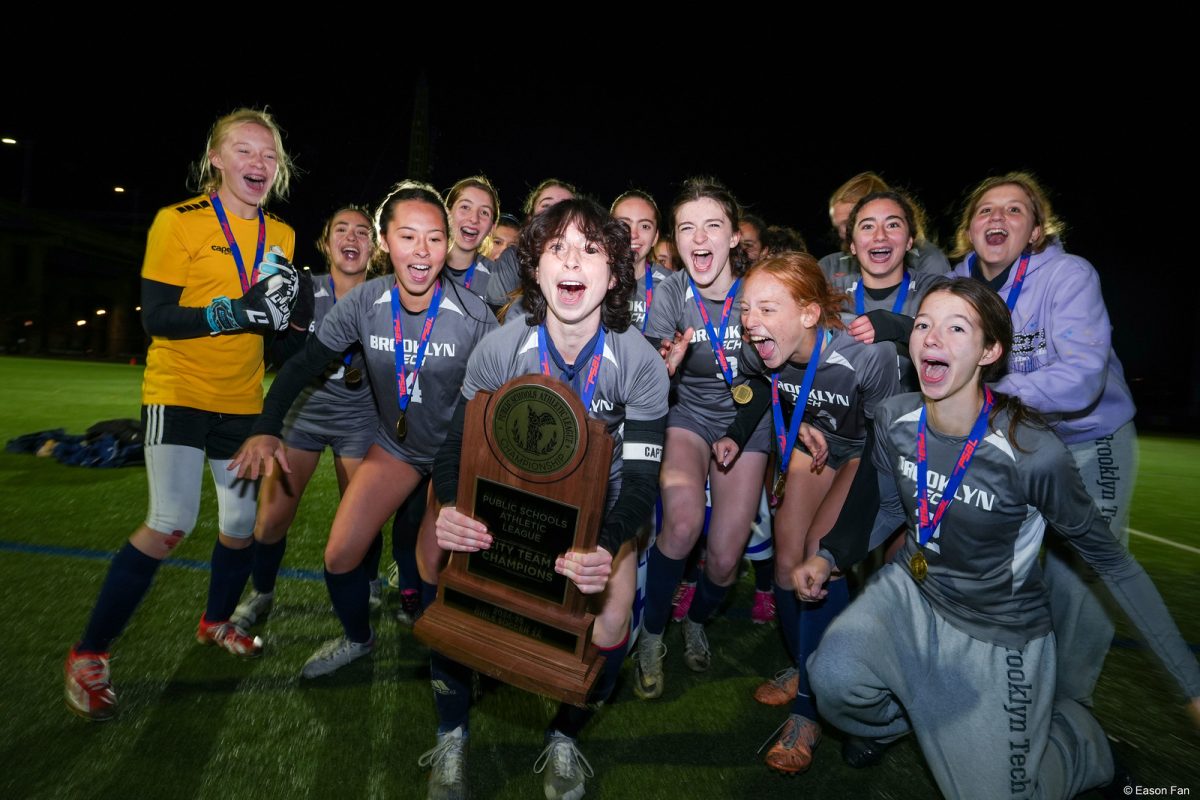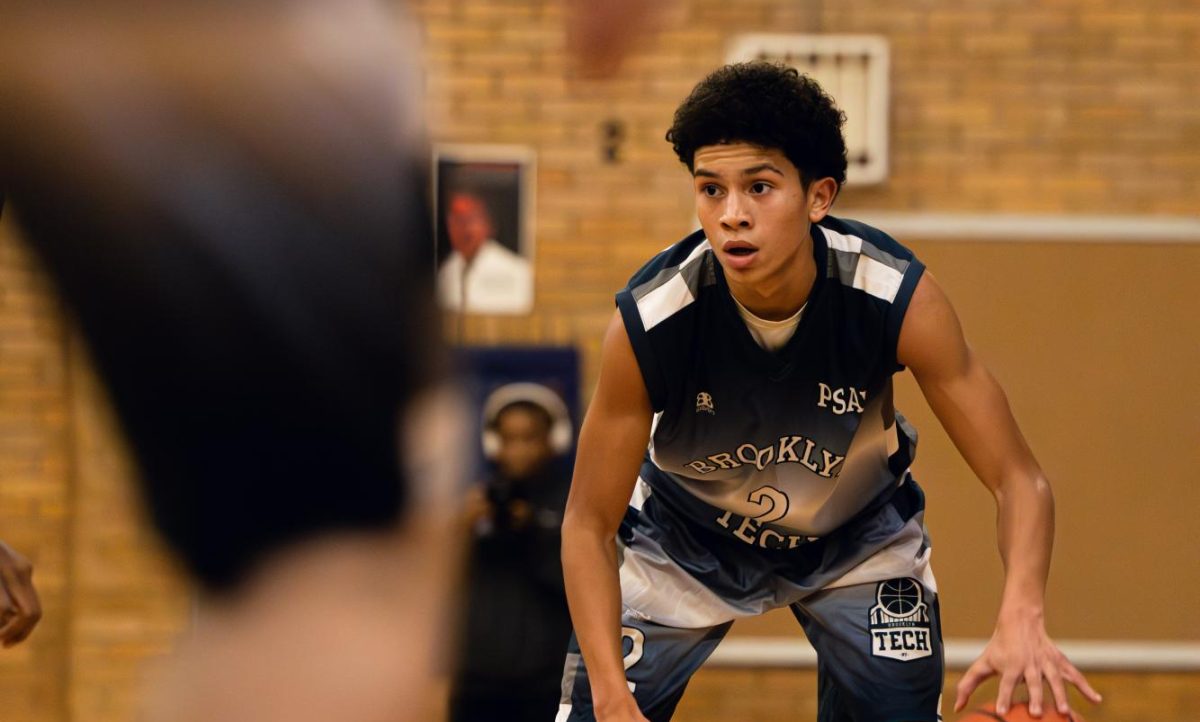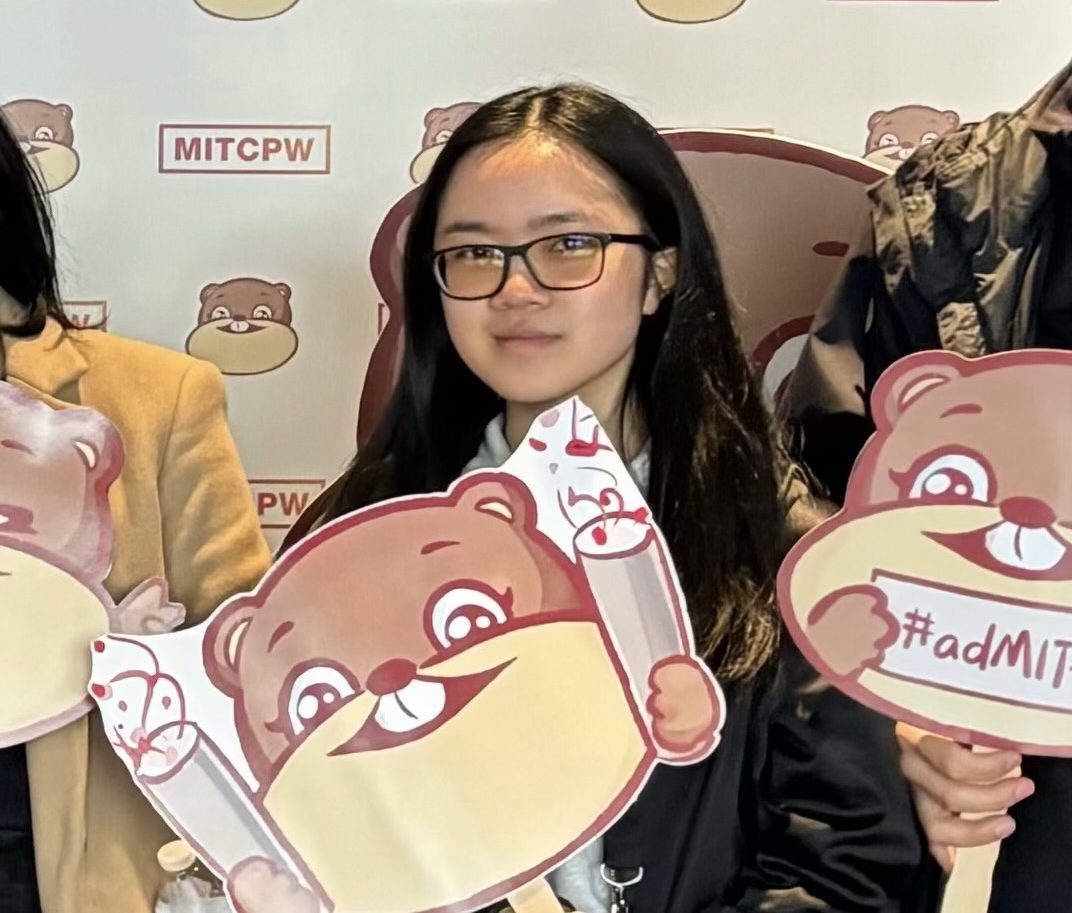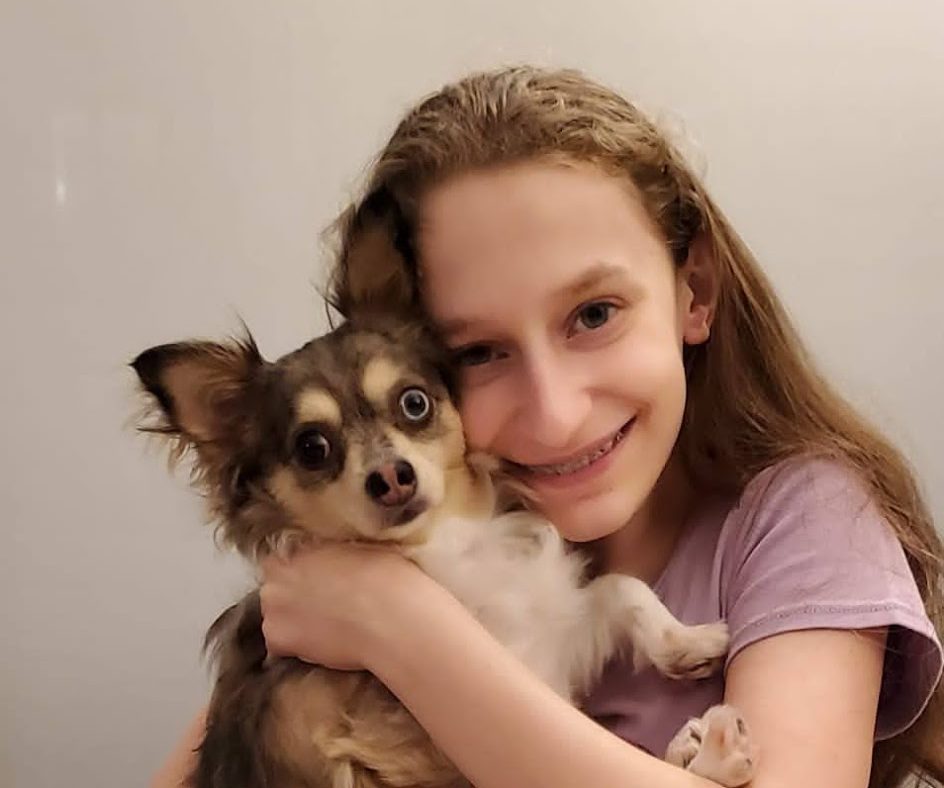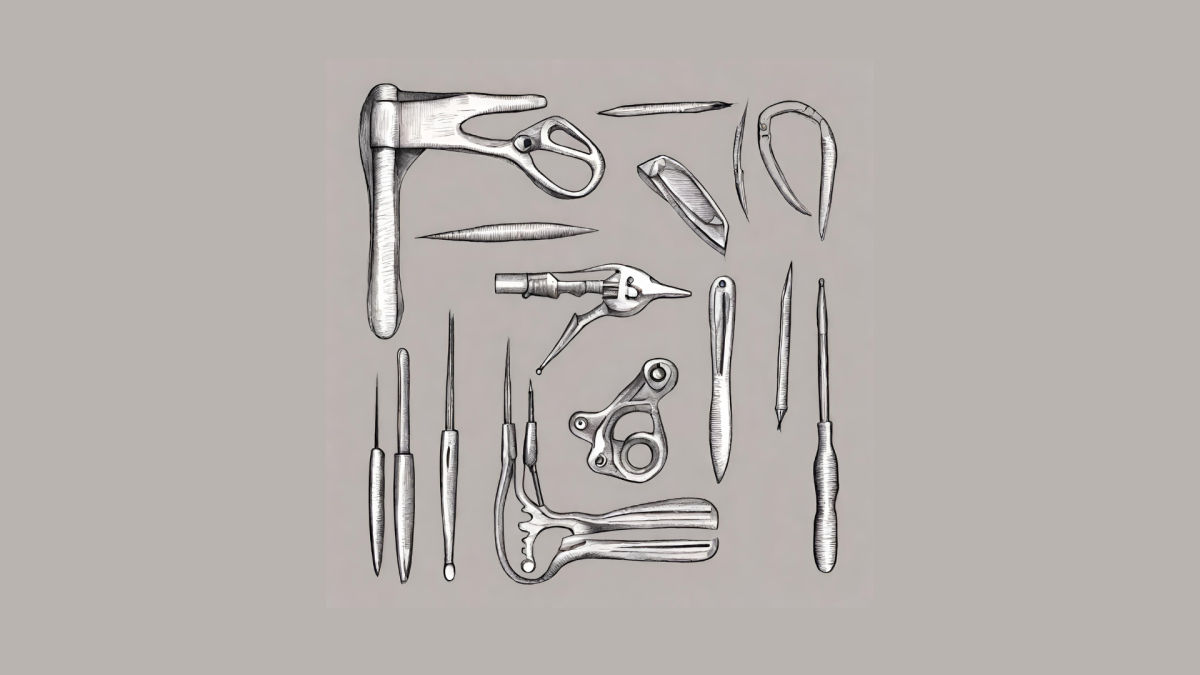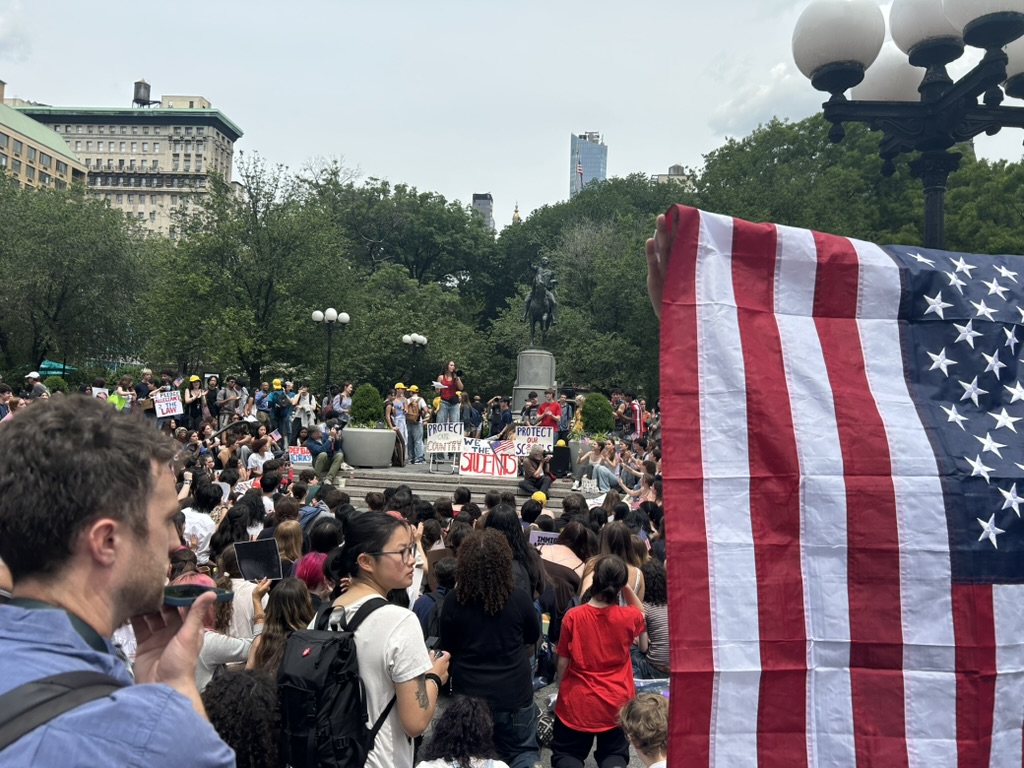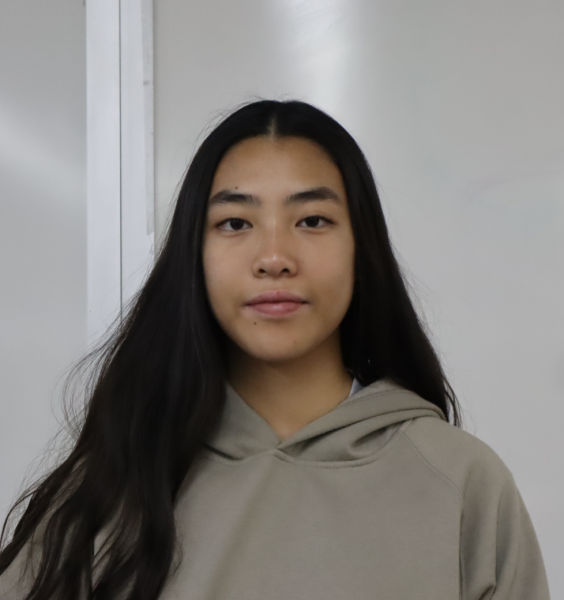Brooklyn Tech exposes students to dissections as early as their ninth-grade Living Environment classes. They come with the required curriculum for those in the Biological Sciences major or students in the AP Psychology elective. While they appreciate that dissections are an important component of their classes, some students do not feel comfortable completing them.
Dissections provide an informative and hands-on approach for students to familiarize themselves with the different body structures of various species that they study in their classes. At Tech, students explore the anatomical structures of different animals, including rats, cats, frogs, sheep, and specific parts of other species, such as cow eyes and pig uteruses.
“It’s better if you visualize what you’re trying to study instead of only looking at a diagram,” said Biological Sciences major Ryan Shao (‘24). “It helps you understand why certain things function the way they do.”
Still, dissections are uncomfortable experiences for many students, less from the idea of cutting into an animal and more from the animal they have to operate on.
At Tech, students can fill out a dissection opt-out form available on the school website. The form is provided to all students at the beginning of any class that includes dissections, but those who voice their discomfort about a specific lab can opt out of that dissection.
“I love cats a lot, and we had to do a cat dissection,” said Biological Sciences major Anita Hartman (‘24). “I didn’t want to do it, but luckily, Ms. Reste was really accommodating, and she pulled out a mink.” Ms. Reste modified the lessons and exam so that Hartman could complete the multi-day lab alongside other classmates who shared her aversion to dissecting a cat.
“I work with them,” said Ms. Caitlin Reste, an Anatomy and Living Environment teacher. “Is it that they’re grossed out and don’t want to dissect at all, or is it just the cat? And they either warm up to it, or we give them something else to dissect.”
Mrs. Iwona O’Brien, an AP Psychology and AP Biology teacher, shared that students have the opportunity to complete other tasks to demonstrate that they understood the concepts instead of performing the dissections.
“I asked them to use the whiteboard, and they were able to draw the entire eye structure without [doing] the dissection,” she said about a group of students who were uncomfortable with performing an eye dissection.
At Tech, before picking up the blade, students learn about the anatomical structures they will be observing and the anatomical language used during the dissection. The initial learning process helps the lab run smoothly and gives students more time to familiarize themselves with a real-life model of systems that are introduced in lessons. “[At] the beginning of the year, we go through the organ systems and the cavities. That’s your preparation, like ‘Okay, the next day you’re going to see those organs and those cavities,’” said Ms. Reste.
During a dissection, students wear gloves and can wear masks, goggles, or lab coats, mirroring real-life laboratory practices. The animals, provided by Carolina Biological Supply Company, a worldwide supplier of science education materials, are stored in vacuum-sealed packages in classrooms. Specimens that are needed for day- or week-long labs are kept in a ventilated room inside the anatomy lab. Since they are not preserved in a fluid, they can be disposed of alongside regular garbage.
Alternatives to dissections exist—and this was made clear during the COVID-19 pandemic. During quarantine, the prospect of doing dissections in any of these classes seemed out of the question.
“I didn’t even know we could perform dissections in Living Environment,” said Jacklin Xie (‘24).
However, some teachers got creative, hoping to bring the best lab experience to their students despite the circumstances. Those in Ms. Reste’s class were able to complete dissections at home. The students had the option to watch her perform the dissections and even try them themselves.
“I had students go out to buy chicken parts from the store,” said Reste. “I did the chicken part dissections in my kitchen and showed them and then asked them to do the same at home if they felt like they wanted to.”
Dean Angelene Alberga, an Anatomy and Living Environment lab teacher, was able to get a pig heart delivered to her house, where she dissected it on Zoom for her students to watch. She also had her students dissect a banana, which she felt was a fun way to ease them into performing dissections. “I can use it as a teaching tool to show if you make different cuts, you’ll reveal different parts of the banana… It’s a very low-risk experience — when we get to the real thing, that’s a bit more stressful.”
All Living Environment students must complete 1,200 minutes of labs before they are allowed to sit for the Living Environment Regents Exam in June, which is required to graduate with a New York State high school diploma. This raises the question of what absent students can do to make up dissection labs, which take a long time to set up and perform.
When a student is absent and has to make up a dissection, they are given alternate assignments to learn about the body parts that they are dissecting, such as virtual labs or videos of the dissections. Although this takes away the hands-on experience, it is still an effective way to learn the material explored during dissection labs.
“There are a lot of simulations online—our anatomy class did one for extra credit, and I definitely learned a lot from that, even though I wasn’t actually performing it,” said Hartman. “Sometimes you can step back and absorb the knowledge better.”



